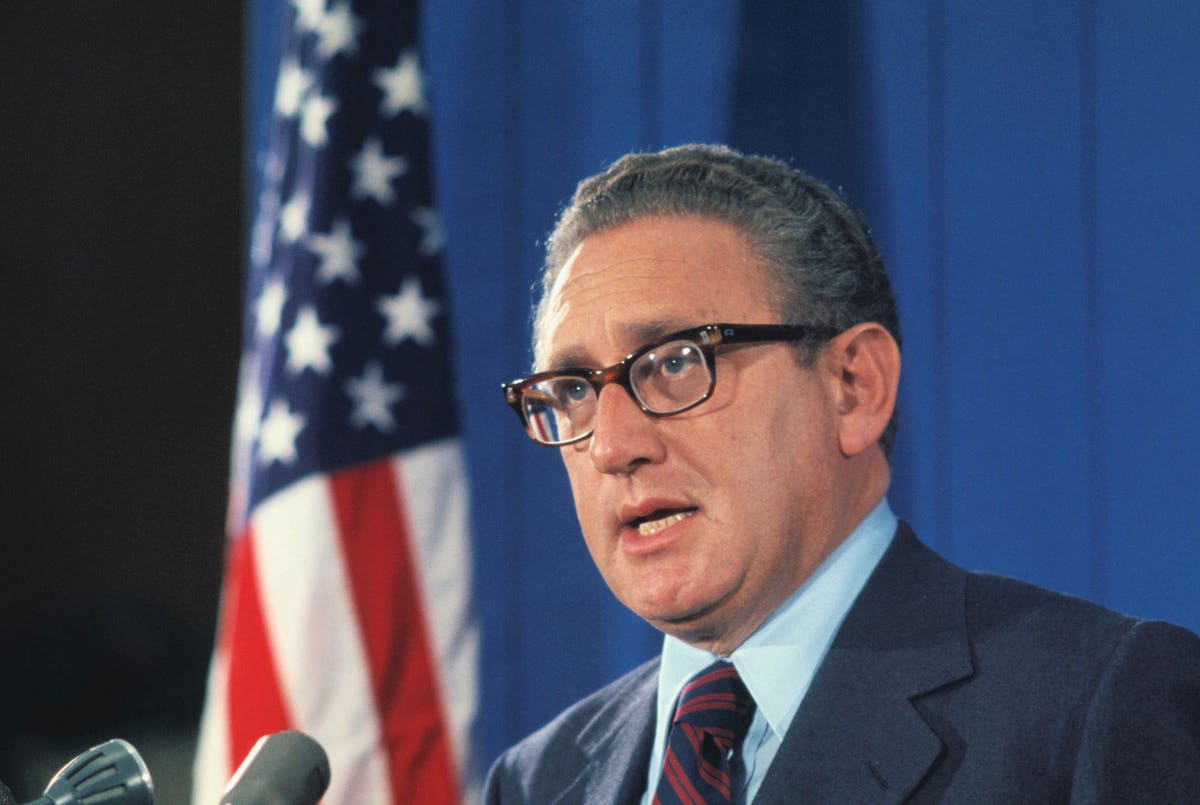Earlier this year, Dr. Henry Kissinger—who served as U.S. Secretary of State under two Presidents—turned 100.
Most people who were born in 1923 have already been dead for several years. Henry Kissinger, on the other hand, just keeps on keeping on. He’s written more than a dozen books on diplomatic history and international relations. He’s taught at multiple universities, served on numerous boards and commissions. Only days after his 100th birthday, he was in Beijing visiting with Chinese President Xi Jinping.
While much of Kissinger’s activity has been public, his private approach to life can be instructive as well. One incident is worth noting by anyone interested in leadership.
First, this point: It’s possible for people to operate out of compliance while they have very little commitment. But the opposite is virtually impossible. If one is truly committed, compliance is rarely an issue.
With well-placed modeling, a good leader can instill this distinction in others. Here’s an example of such modeling by Henry Kissinger when he was Secretary of State.
One day he asked a couple of the bright young guys on his staff to draft a white paper for him. In that context, a white paper is a document that describes an important issue, then outlines the options available to the decision maker. The document also includes an analysis of the implications associated with each decision option.
The young staffers drafted the white paper and sent it upstairs to the Secretary of State. The next morning Kissinger summoned the two guys to his office.
“Is this the best work you can do?” Kissinger asked.
“Well, actually, Mr. Secretary, we could provide a bit more data on this section, and we could do a little more research on that section,” came the reply.
“Well, then, please do it,” Kissinger said.
After the second draft came upstairs, Kissinger summoned the two guys again.
“Is this the best work you can do?” Kissinger asked again.
“Actually, Mr. Secretary, there are a couple of ambassadors we could consult, and there are some data points from another agency we could include,” came the response.
“Well, then, please do it,” Kissinger said.
After the third draft arrived, Kissinger again sent for the young staffers. By now they were probably feeling like truants called to the school principal’s office.
“Now, is this the best work you can do?” Kissinger asked again.
“Yes, sir, it is,” came the reply. “We’ve exhausted every resource available to us. We’ve carefully scoured intelligence briefings, ambassador communiqués and every other piece of pertinent data. This is definitely the best white paper we can produce.”
“Thank you,” Kissinger said. “
This time I will read it!”
Henry Kissinger knew the importance of expecting only the best, and he understood the difference between compliance and commitment. It’s a sure bet that from that day forward his two young staffers were committed to the excellence he had a right to demand. Because they feared him? No. Because he helped them understand the importance of their work and the necessity of getting it right.
As any change-friendly leader knows, people may perform temporarily in a certain way because they feel the heat. But the change becomes permanent only when they see the light.
Read the full article here





